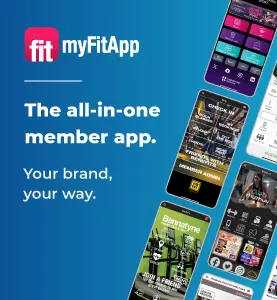For those who can afford it, the benefits of one-to-one personal training cannot be underestimated: as well as designing a tailor-made programme, PTs can help ensure their clients adhere to it.
However, there are vast swathes of the population who would love to have a trainer but simply can’t afford one; others who sorely need the services of a PT, but who fall so far outside the demographic that they wouldn’t even think of it.
Meanwhile, set against the high price tag and demographically limited appeal of one-to-one personal training, we’ve seen a surge of interest in small group training (SGT) recently – a format that still allows for personalised attention and motivation, but at a lower cost. Matt Roberts, owner of Matt Roberts Personal Training clubs in London, comments: “At IHRSA last year, the big clubs were talking about having to regenerate their businesses. They’ve moved towards small group, bodyweight training exercise rather than lots of machines and racks which depreciate each year. This is in response to demand: gym-goers want more attention.”
Writing in The Huffington Post last year, Jamie Walker, CEO of SweatGym, said personal trainers are going to have to change their approach if they’re to survive: “The days are numbered for PTs who subsist simply by showing you how to work out in a gym.” She argues that trainers need to put the ‘personal’ back into personal training, evolving and adapting to accommodate the changing needs of clients; having a niche or a specialism is now vital, she says – a point with which Roberts agrees.
So how should operators respond? Is one-to-one training broken, and if so should they invest exclusively in small group training? Should they emulate freemium providers such as The Daily Hit, Fitness Blender and BeFit, embracing technology and offering PT online, dropping the price point and allowing PTs to work with more clients? Should they look at ways to offer PT and SGT at more affordable prices? We ask the experts for their thoughts....
Do you think one-to-one personal training has a future? Email us: [email protected]
























































